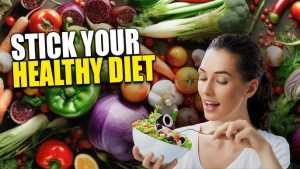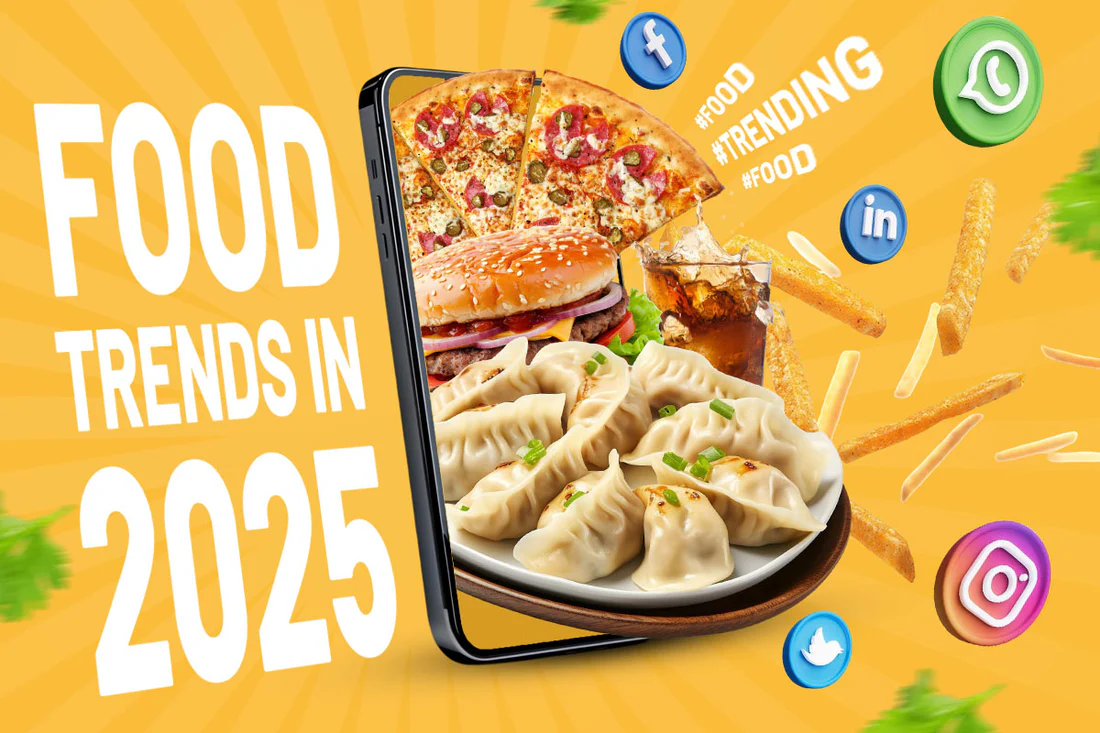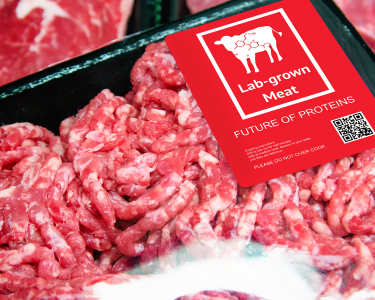Introduction
As we look ahead to 2025, health-conscious eating continues to rise in importance, with more consumers focused on making food choices that are not only good for their bodies but also sustainable for the planet. From plant-based diets to personalized nutrition and gut health, these trends are reshaping the future of food. Whether you’re a food enthusiast, a health-conscious eater, or simply someone looking to make better decisions for your well-being, understanding the upcoming trends can help guide your food choices in the near future. In this article, we explore the health-driven eating trends that are expected to dominate the food landscape in 2025.
What Are Health-Driven Eating Trends?

Health-driven eating trends are food movements or patterns that focus on the intersection of wellness, nutrition, and sustainability. These trends emphasize the importance of making conscious decisions about what we eat, taking into account not only personal health but also environmental and ethical considerations. In recent years, these trends have grown stronger as more people look for ways to optimize their health, reduce their environmental impact, and embrace better food choices.
Top Health-Driven Eating Trends for 2025

1. Plant-Based Diets: More Than a Trend
Plant-based diets are no longer just for a small group; they are becoming mainstream. As more people understand the environmental and health benefits of plant-based eating, more are making the switch. The plant-based food market is expected to grow a lot by 2025, with options like tofu, tempeh, and lentils becoming more common. This trend goes beyond meat substitutes, with dairy alternatives like oat milk, almond milk, and coconut yogurt already popular. People are noticing that plant-based foods help with weight management, heart health, digestion, and overall well-being.
2. Superfoods and Functional Foods: Nutritional Powerhouses
In 2025, superfoods will be even more common in people’s diets. Foods like acai, spirulina, matcha, chia seeds, and turmeric will be kitchen staples because they are packed with nutrients and offer many health benefits. Superfoods help boost energy, improve immunity, and reduce inflammation. Along with these, functional foods those that provide extra health benefits will also grow in popularity. Examples include fortified plant-based milks, probiotic-rich fermented foods, and snacks that support mental focus, better sleep, or digestive health.
3. Gut Health: A Top Priority
In 2025, gut health will continue to be a major focus, with more people adding fermented foods to their diets to support a healthy microbiome. Foods like kimchi, sauerkraut, kefir, and yogurt contain probiotics, which are good bacteria that help with digestion and immunity. Studies show that a healthy gut is linked to better overall health, including improved mood, clearer skin, and even easier weight management. As a result, more people will focus on digestive health by eating more probiotics and avoiding foods that cause inflammation or digestive issues.
4. Personalized Nutrition: Tailoring Your Diet to Your DNA
In 2025, personalized nutrition will become even more important. This approach involves creating a diet plan based on your unique genetics, lifestyle, health goals, and even gut health. With genetic testing and personalized apps, people will better understand their individual nutritional needs. For example, some may need more vitamin D due to genetics, while others might benefit from more omega-3 fatty acids. This level of personalized nutrition will become more accessible, helping people tailor their diets to improve their health.
5. Sustainable Eating: Choosing the Planet Over Convenience
By 2025, sustainability will play a bigger role in food choices. More people will care about how their food is made, where it comes from, and its environmental impact. Sustainable eating means choosing foods that are better for the planet, like those with a lower carbon footprint. People will continue to favor locally sourced, organic foods and plant-based options to reduce the strain of animal agriculture. Lab-grown meats, which mimic real meat without using livestock, are also expected to become more popular. Additionally, consumers will be more focused on reducing food waste, using zero-waste cooking methods, and choosing eco-friendly packaging.
6. Mindful Eating: Focused on Health and Enjoyment
In 2025, mindful eating will continue to grow in popularity. This practice encourages people to slow down, enjoy their food, and listen to their hunger and fullness signals. By being more aware of how and what we eat, we can develop healthier relationships with food. Mindful eating helps reduce overeating, improve digestion, and support healthier weight management. It focuses on nourishing the body and enjoying food, rather than worrying about calories or dieting.
Tips for Embracing Health-Driven Eating Trends

Here are some tips for embracing health-driven eating trends:
- Experiment with plant-based meals: Try replacing meat with plant-based proteins like chickpeas, black beans, and lentils.
- Incorporate superfoods: Add chia seeds, spirulina, and acai into smoothies, salads, or snacks.
- Add more fermented foods: Include kimchi, kefir, or sauerkraut to promote gut health.
- Mind your sustainability: Buy locally sourced produce, reduce food packaging waste, and opt for plant-based alternatives to animal products.
- Practice mindful eating: Slow down, savor your meals, and pay attention to your body’s hunger and fullness signals.
The Challenges of Health-Driven Eating
Despite the many benefits, adopting a health-driven diet can be challenging. One major issue is the cost. Healthier foods, like organic produce and plant-based products, are often more expensive than processed options, making them harder to afford for those on a budget. Also, finding fresh, locally sourced food may not be possible depending on where you live. Another challenge is that changing your diet can feel overwhelming. With so much mixed advice out there, it can be hard to know where to begin or what approach to follow. Lastly, although more restaurants and stores are offering healthier choices, they may not be available everywhere, limiting food options.
The Future of Health-Driven Eating

The future of health-driven eating looks bright. As more people realize the importance of eating for health and sustainability, we’ll see more food options in stores and restaurants that match these trends. Advances in technology will make personalized nutrition easier, offering diet plans tailored to each person’s genetics, lifestyle, and health needs. This will make it simpler for people to eat in a way that supports their body’s unique needs. As plant-based and sustainable foods become more popular, prices are expected to decrease, making them more accessible to everyone. In the end, the future of food will focus on making healthy and sustainable eating choices easier for all, leading to better health for people and a healthier planet.
Comparative Table: Traditional vs. Health-Driven Eating Trends
| Aspect | Traditional Eating | Health-Driven Eating (2025) |
|---|---|---|
| Diet Focus | Often focused on convenience and taste | Emphasizes nutrition, sustainability, and personal wellness |
| Protein Sources | Animal-based (beef, chicken, dairy) | Plant-based (lentils, tofu, quinoa), lab-grown meat |
| Meal Preparation | Ready-made meals, high in processed ingredients | Fresh, whole foods, home-cooked meals with mindful preparation |
| Food Sustainability | Limited focus on environmental impact | Strong emphasis on sustainability, local sourcing, and waste reduction |
| Health Considerations | General well-being, comfort foods | Targeted nutrition (gut health, personalized diets, functional foods) |
| Food Accessibility | Widely available, often mass-produced | Growing market, more niche but increasingly accessible through online and local stores |
Conclusion
The health-driven eating trends of 2025 are paving the way for a more sustainable, nutritious, and mindful way of living. From plant-based diets to personalized nutrition and a focus on gut health, the future of food is all about wellness, sustainability, and making conscious choices. By embracing these trends, you can not only improve your health but also contribute to a healthier planet. The food forecast for 2025 looks promising, with innovations that will help us eat better, feel better, and live better.




